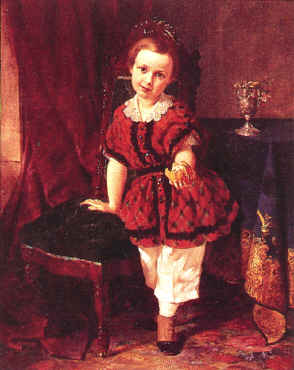Differential Diagnosis
of
Abnormal Head Posture
-
face turn
-
head tilt
-
chin elevation
-
chin depression
|
 |
Abnormal head posture may be observed in the examination
of ocular motility or cover/uncover tests. There are three components in
abnormal head posture namely face turn, head tit and chin depression/elevation.
These three components can occur simultaneously as in fourth nerve palsy.
The posture is maintained for two main reasons: a) to gain a field of binocular
single vision and therefore abolish diplopia and b) to achieve a good vision.
While the following differential diagnosis apply to
ocular causes, abnormal head posture can also occur in non-ocular problems
such as deafness, cervical spine problem or habit.
Face turn
(This is usually described as to left or right and
is seen in problem with horizontal rectus muscles.)
-
sixth nerve palsy (the face is turn to the side of the
paralysed eye to maintain binocular single vision)
-
Duane's syndrome
-
congenital nystagmus ( the amplitude of the nystagmus
can change in different position of gaze and a face turn may put the eyes
in a particular position which reduces the nystagmus and increases the
visual acuity)
Head tilt
(Head tilt is maintained to counter cyclotropia or
vertical diplopia. The most common clinical case is fourth nerve palsy
with the head tilting and face turning to the uninvolved side and chin
depression)
-
fourth nerve palsy or superior oblique muscle weakness
of whatever cause
-
inferior oblique palsy (the face is turned tot he uninvolved
side with the head tilting to the affected side and the chin is elevated.
Uncommon clinical case)
-
superior rectus palsy (uncommon case; the tilt can be
to either side)
-
inferior rectus palsy (uncommon case; the tilt can be
to either side)
-
Brown's syndrome (head tilt to the involved side, face
turn to the normal side and chin elevation)
-
dissociated vertical deviation (can be to either side)
Chin elevation
-
A esotropia
-
V exotropia
-
ptosis
-
blow-out fracture with entrapment of inferior rectus
-
dysthyroid eye disease
-
Brown's syndrome (bilateral case)
Chin depression
-
V esotropia
-
A exotropia
-
bilateral fourth nerve palsy

